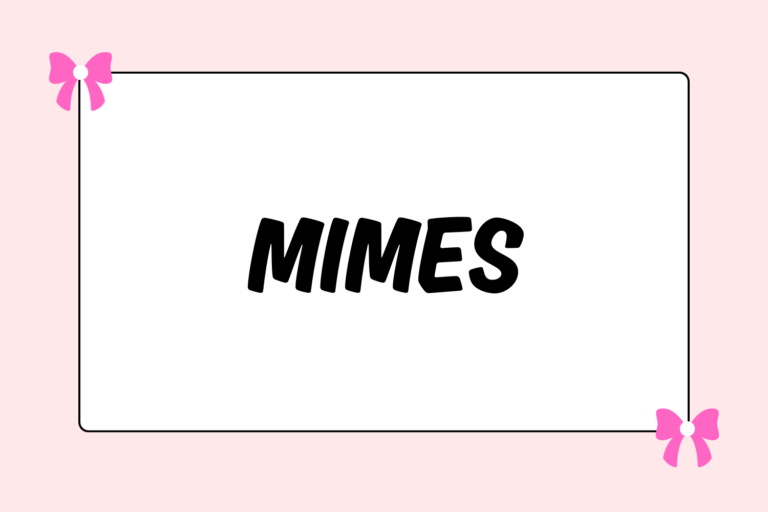From the elegant écartés of Aurora in the Rose Adagio to the feisty grand battements in Kitri’s entrance, every ballet is loaded with dazzling extensions. Though just three decades ago a “good extension” meant anything above ninety degrees, a few high kicking ballerinas—like Paris opera star Sylvie Guillem and Russian wonder Svetlana Zakharova—have raised the standards across dance.
The recipe for a good extension includes many ingredients, but depends upon two key things: flexibility and strength. Here are some tips and exercises that, done consistently, will develop both those components to help you make the leap to perfect split grande jètés and jaw dropping developés.
Getting the Lift
These simple exercises will help you become more flexible. You can do them in the studio after class, at home before bed, or at school (if you really want to shock your teacher).
The Three-Way Split
The only way to get a perfect 180-degree split in your grande jeté is to have a perfect 180-degree split on the ground first. Try and sit in your splits for at least three minutes per leg every day (plus middle or “straddle” splits).
Don’t forget that any habits that you have on the ground will transfer into the air, so be sure to straighten your knees, point your toes, and always turn out!
Oversplits
If you can sit in your middle and front (both legs) splits comfortably, but still want to push the envelope, try going for oversplits.
Start slow and easy by placing your front foot over a rolled up towel or small stack of magazines two to three inches high before you slid down. As you do get more flexible, increase the height of the objects you use to get a deeper stretch.
Pied a la Main
Even if you’ve done this exercise in class before (and haven’t been too crazy about it), give it another go on your own!
- Stand in first position with one arm placed over something stable, like a barre or countertop.
- Take the other hand and, palm facing outward, grab your heel just below your arch.
- Then, keeping your back straight, plié your standing leg and extend your working leg while keeping your hand on your heel. Try and pull it in toward you as much as you can while maintaining a maximum degree of evenness in your hips.
- Straighten your standing leg and carry your working leg to a la seconde, pulling it as high as you can without hurting your hips. Imagine “rolling under” your working leg as a way to keep those hips even.
- When you’ve gotten your leg as high as you can, let go and see if you can hold it before lowering slowly to tendu.
All Holds Barre-d
Place your working leg on a barre or countertop—first to the front, then side, stretching over it in a cambré forward. Resting your leg on a stable surface will allow you to focus more on your placement and alignment, both key elements in extensions.
Therabanding
Repeat all of the above exercises, but with a theraband of any strength looped around the foot of the working leg. This will allow you to pull the leg farther than you can without aid and provide valuable resistance where you need it.
Top Five Extension Killer Variations
1. Female Solo, Grande Pas Classique
2. Odette’s solo, Act II, Swan Lake
3. Queen of the Dryads, Act III, Don Quixote
4. Raymonda’s Variation, Act I, Raymonda
5. Giselle’s Variation (Adagio), Act II, Giselle
Staying the Course
The strength to sustain extensions is just as important as the flexibility needed to kick your leg up to 180 degrees. In order to properly execute a silky smooth adagio and create gorgeously long lines in pas de deux, you must build muscular endurance—it’s what allows you to move with slow control between positions, rather than dropping your leg.
Here are some exercises designed to help sustain extension at any level:
Barre Lifts
Barre lifts are the best exercise for increasing extension endurance because it forces you to continually repeat an actual hold—you can even just use a steady countertop!
- Placing one (pointed and turned out) foot on the barre or countertop devant, with hips square and body pulled up.
- Then, try and raise your leg off the barre—even if it’s just an inch.
- Hold for eight counts and then slowly lower it.
- Repeat this exercise four times per leg in both devant and a la seconde.
Slow Developpé
Though some extensions (such as Giselle’s Act II adagio ronde) begin from tendu, the majority are developés.
To improve strength in your working and standing leg, try doing slow, 32-count developés: eight counts to passé, eight counts to attitude, eight counts extended, and eight counts to lower. The slow pace of the exercise will build muscle endurance and make it easier to hold extensions.
Pike Lifts
Outside of a few very specific contemporary ballets, extensions are never done with a flexed foot. Use pike position to get a feel for the length you need in both legs during extensions:
- Sit on the floor, high on your hips with a straight spine, feet pointed and turned out, knees straight, and arms six inches away from either side of the body, fingertips grazing the floor.
- Point and straighten one leg even more than before (while you were ‘at rest’ sitting in pike).
- Then, lift the other six inches off the floor.
- Hold it for eight counts, then lower it, alternating legs and repeating eight times (for a total of sixteen).
By pointing and straightening both legs as hard as you can, you can get a better feel for the length that good extensions require.
Raise the Barre
While becoming the next Zakharova may seem like a lofty goal, with consistent work and practice, eye popping extensions are right around the corner!





